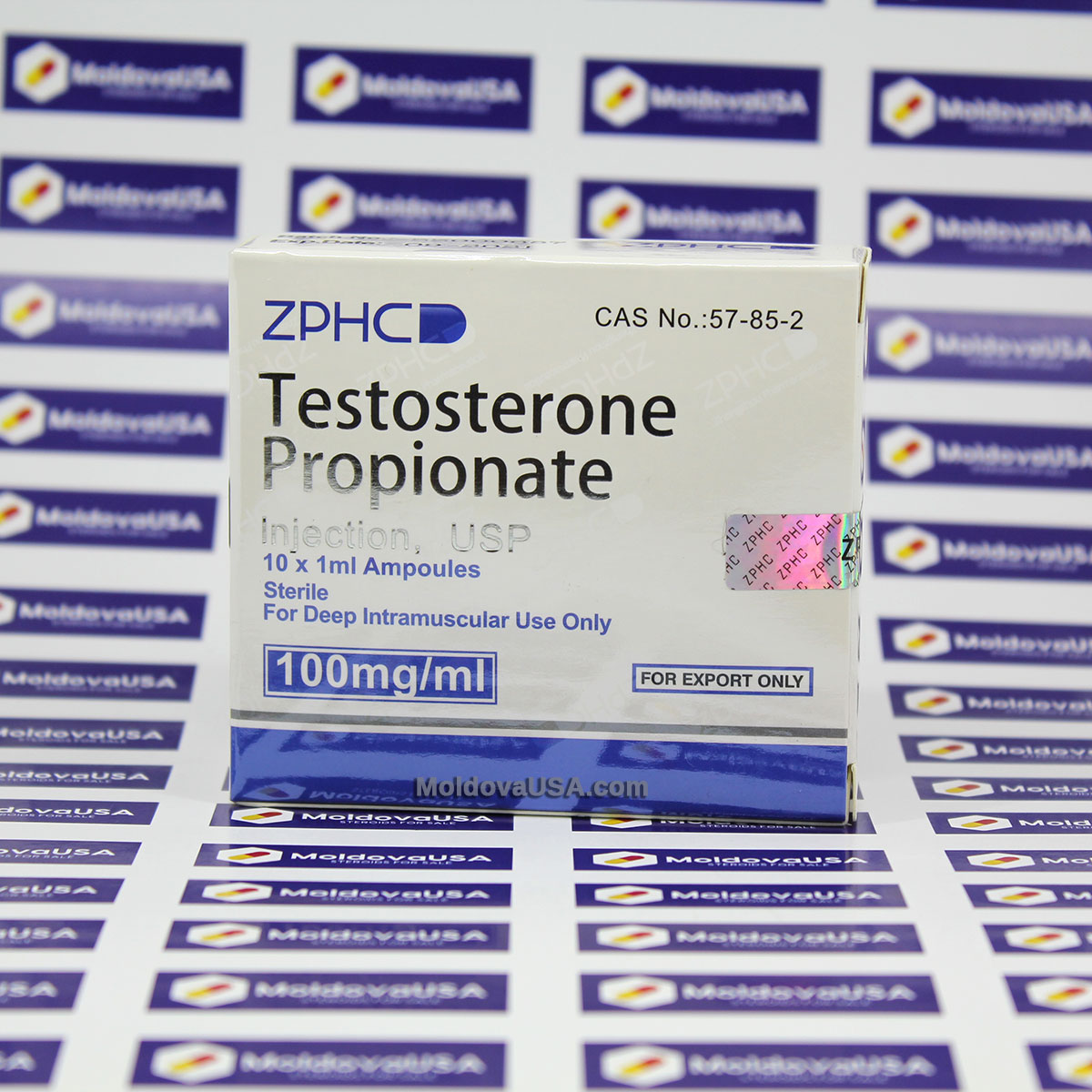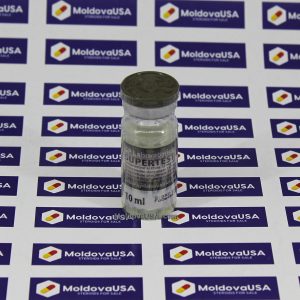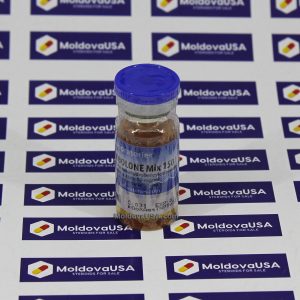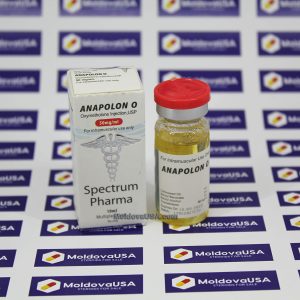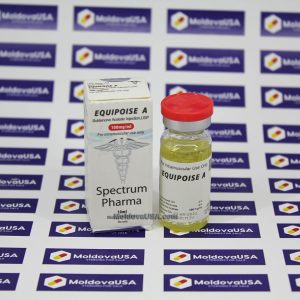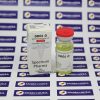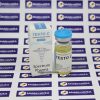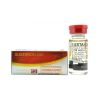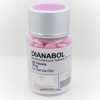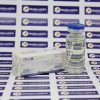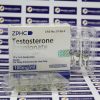Description
Testosterone propionate is a popular injectable version of testosterone. The propionate ester will temporarily slow testosterone release from the injection site. Because testosterone propionate is so much quicker active than testosterone cypionate or enanthate, it needs considerably more frequent dosage. Most people think testosterone propionate is an older, cruder type of injectable testosterone, replaced by the more comfortable and slower-acting esters. Those who don’t mind the numerous injections will find testosterone propionate just as pleasant. It is a strong injectable testosterone capable of rapidly increasing muscular growth and strength.
History
Testosterone propionate was discovered in 1935 during a study to delay testosterone’s release into the circulation. Testoviron®, marketed by Schering AG in Germany, was introduced two years later. Propionate was the first commercially available injectable testosterone ester in the United States and remained the dominant form until 1960. In the early 1950s, for example, the only anabolic/androgenic steroids widely accessible to American sportsmen were methyltestosterone, testosterone propionate, and testosterone suspension. Interestingly, oral testosterone propionate (Buccal) preparations were available during this time period, but they vanished from the US market in the 1980s.
Initially, testosterone propionate was prescribed for a variety of ailments. It was mostly used for male androgen deficiency, including problems like decreased sex desire, impotence, and cryptorchidism (undescended testicles) in adolescents and young adults. It was also used to treat menopause, menorrhagia, menstrual tension, chronic cystic mastitis (fibrocystic breasts), endometriosis, and excessive lactation in female patients. The FDA tightened these broad criteria over time, and by the 1980s, testosterone propionate was mostly used exclusively on male patients.
Testosterone propionate has long been available in the US and internationally, and it remains so today. However, its longevity on the market is more a result of history than distinct use. Because testosterone propionate was the first approved testosterone ester, it has a long history as a medicinal agent. Since it is still in demand, several businesses have sold it for decades. Other (more contemporary) testosterones like enanthate and cypionate are much more common now because to their delayed action and more convenient administration regimens. Testosterone propionate is still authorized for sale in the US, but its future is uncertain.
Propionate is the recommended testosterone ester for dieting/cutting stages of training. Some believe propionate will harden the body while retaining less water and fat than testosterones like enanthate, cypionate, or Sustanon. Sadly, these benefits aren’t realistic. Propionate ester is eliminated before testosterone is activated in the body, thus it has no impact other than delaying steroid release. It all comes down to how much testosterone each esterified molecule delivers to your bloodstream. Otherwise, they are functionally identical.
During a normal cycle, one will observe testosterone-like activity. Gynecomastia and water retention may need an anti-estrogen such as Arimidex, Femara, or Aromasin. Those suffering with gynecomastia may discover that a combination of Nolvadex and Proviron works particularly well. Androgenic side effects including acne, increased aggressiveness, and body/facial hair development are inevitable with testosterone. Propionate may exacerbate male pattern baldness in those predisposed to it. Propecia/Proscar may help decrease DHT accumulation in various androgen target tissues. This may help reduce adverse effects (especially hair loss), but it does not guarantee it. Propionate, like other testosterone preparations, inhibits natural testosterone synthesis. To prevent a post-cycle collapse, utilize a testosterone boosting medication like HCG or Clomid/Nolvadex.
Men often inject 50-100mg every day or every other day. Like the other common esters, the total weekly dose is 300-700mg. This medication, like other testosterone derivatives, is best used during bulking stages of training. It is usually coupled with other powerful drugs like Dianabol, Anadrol, or Deca-Durabolin, which function well together. The rapid action and androgenic characteristics of propionate are particularly appreciated when taken with nonaromatizing anabolics/androgens during cutting or dieting stages of training. Stacking propionate with an oral anabolic like Winstrol (15-35 mg daily), Primobolan (50-150mg daily) or oxandrolone is popular (15-30mg daily). If the body fat percentage is low enough, the appearance of dense muscularity may be enhanced (barring any excess estrogen buildup from the testosterone). Add a non-aromatizing androgen like trenbolone or Halotestin for even greater subcutaneous body fat and muscular firmness. The increased androgen content will amplify any associated adverse effects.
Women who definitely need testosterone injections should only use this product. A female bodybuilder’s dose regimen should be spaced out, with injections every 5–7 days. The dose would also be reduced, usually between 25mg and 50mg each injection. This schedule should reduce androgenic action while allowing blood levels to adequately fall before re-administration. To further minimize hazards, this cycle should not go more than 8 weeks. If desired, a tiny quantity of Durabolin (or Deca-Durabolin if unavailable), Oxandrolone, or Winstrol may be added. Of course, combining these medications with a moderate anabolic increases the danger of virilizing effects. Because many of the masculinizing adverse effects of steroid usage are permanent, it is critical for female athletes to carefully control dose, duration, and frequency.


